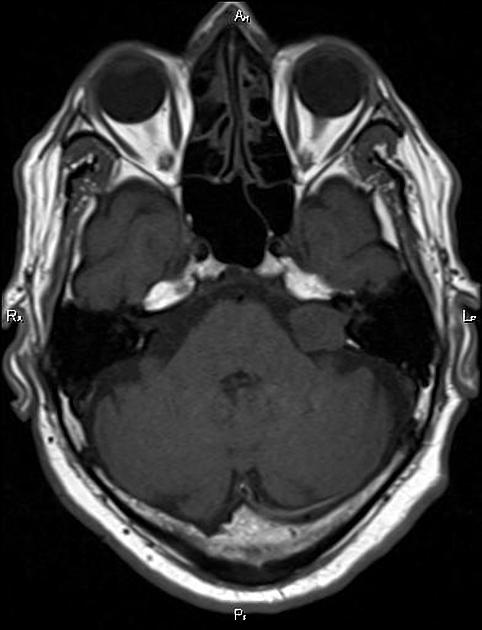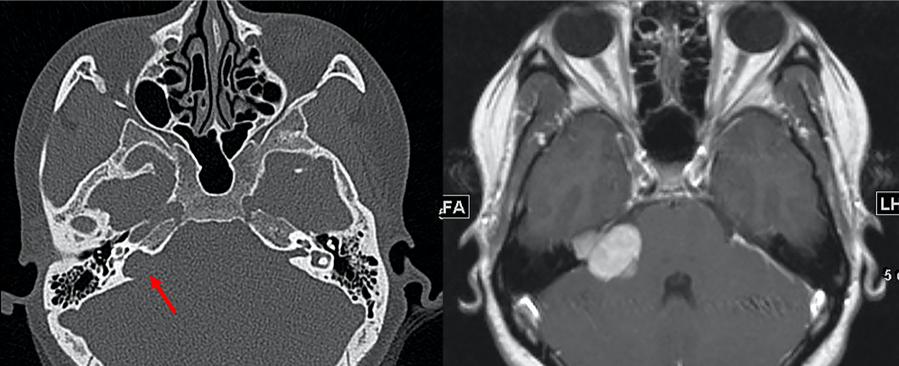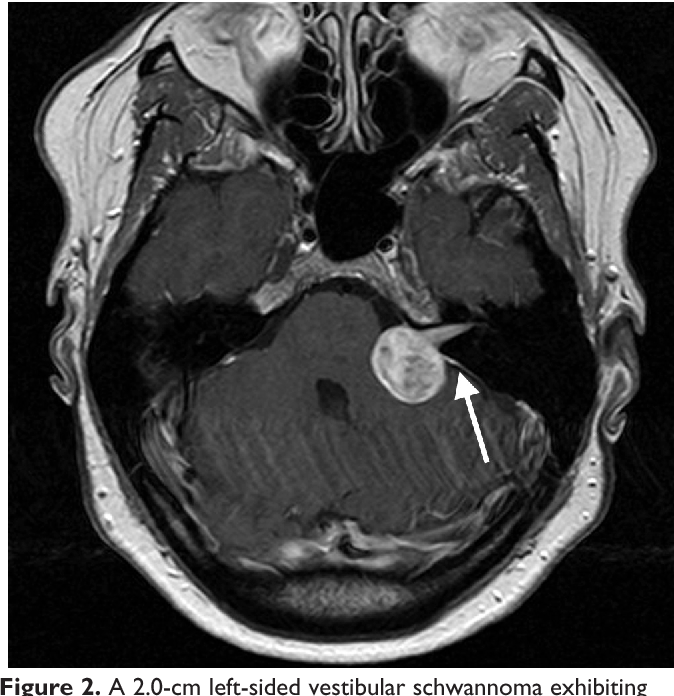

The findings of the present study provided a detailed understanding of the preoperative and intraoperative identification of different morphologies of PAI and ethnicity. A space in soil, rock, or loose sediment that is not occupied by mineral matter and allows the passage or absorption of fluids, such as water, petroleum, or air.
PORUS ACUSTICUS SKIN
There was a similarity between the Indian and Turkish dry temporal bones in terms of distance from the PAI to the SSPS (7–8 mm) and SSS (19–20 mm) ( p = 0.01) and prevalence of morphology of PAI (oval and elliptical) ( p = 0.04, p < 0.05). The last lump of tumour in the extrameatal region just outside the porus acusticus adhered to the facial nerve most tightly. A tiny opening, as one in an animals skin or on the surface of a plant leaf or stem, through which liquids or gases may pass. On both sides, round PAI were identified more frequently than elliptical ones (32 26.6% (left) 39 32.5% (right)) ( p < 0.05).

Resultsįorty-three (35.8%) elliptical (or transverse) and 77 (64.1%) oval (or round) PAI were detected in the Turkish dry temporal bones. How Do You Spell PORUS ACUSTICUS INTERNUS Correct spelling for the English word porus acusticus internus is ps kstks ntns, ps. Their horizontal diameter (HD), vertical diameter (VD), shape, prevalence of the shapes of PAI, and the distance from the sulcus for the sigmoid sinus (SSS), sulcus for superior petrosal sinus (SSPS), and jugular foramen (JF) of dry Turkish temporal bones were recorded. One hundred twenty dry adult human temporal bones (61 male, 59 female) were investigated in the study. Therefore, we performed this study to elucidate further the relationship between the different morphologies of PAI and ethnicity and to discuss their effects on surgery. The influences of porus acusticus internus (PAI) on ethnicity and differences between populations have not been investigated so far.

The influences of porus acusticus internus on ethnicity and importance in preoperative and intraoperative approaches Surgical and Radiologic Anatomy ( IF 1.246), Pub Date : , DOI: 10.1007/s00271-6 Rahime Sekerci, Eren Ogut, Nigar Keles-Celik Purpose


 0 kommentar(er)
0 kommentar(er)
